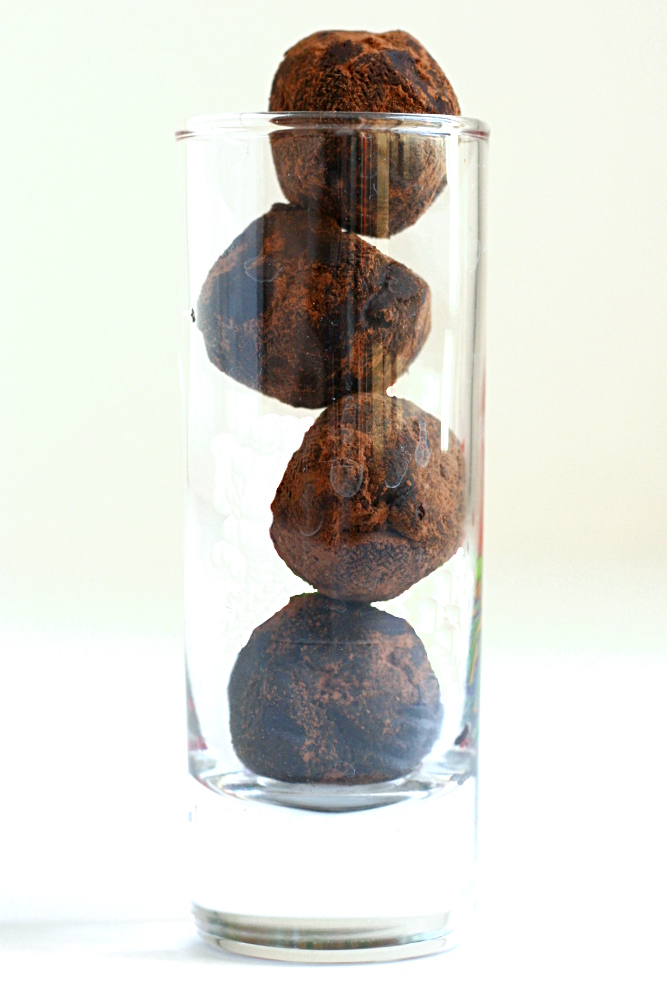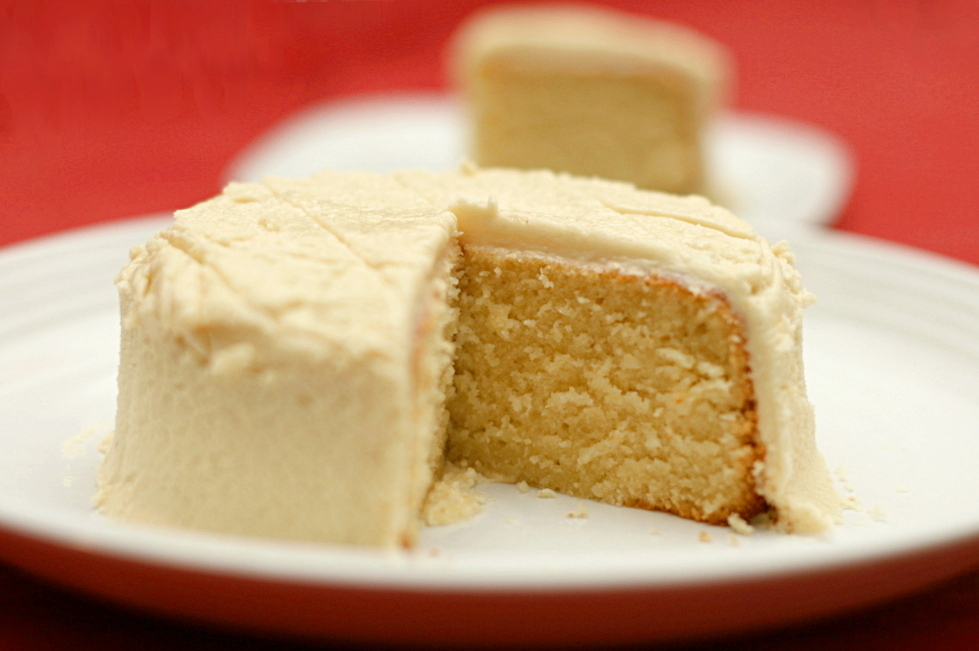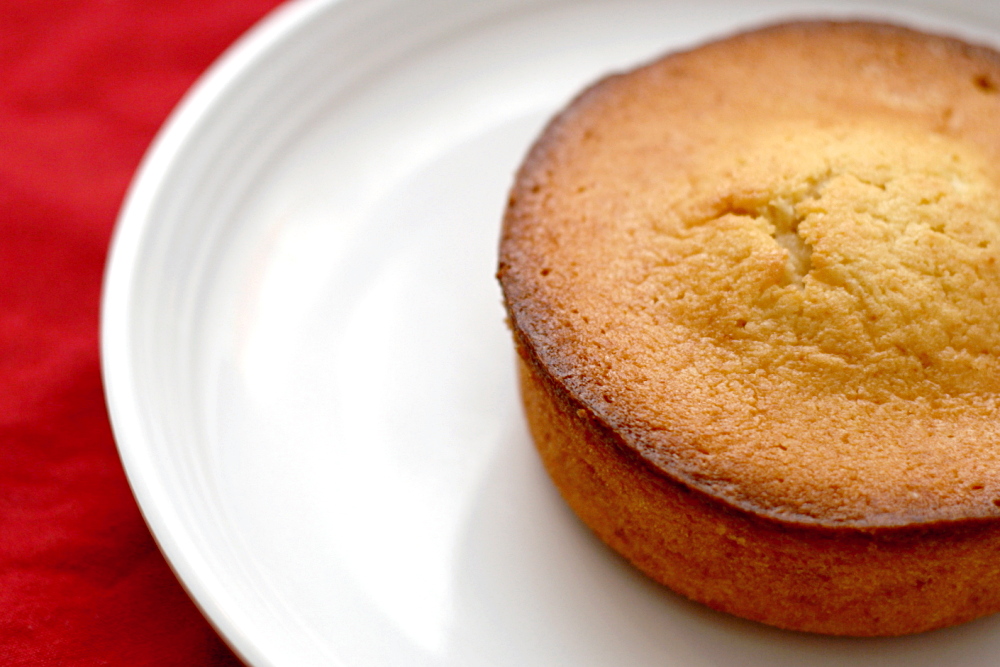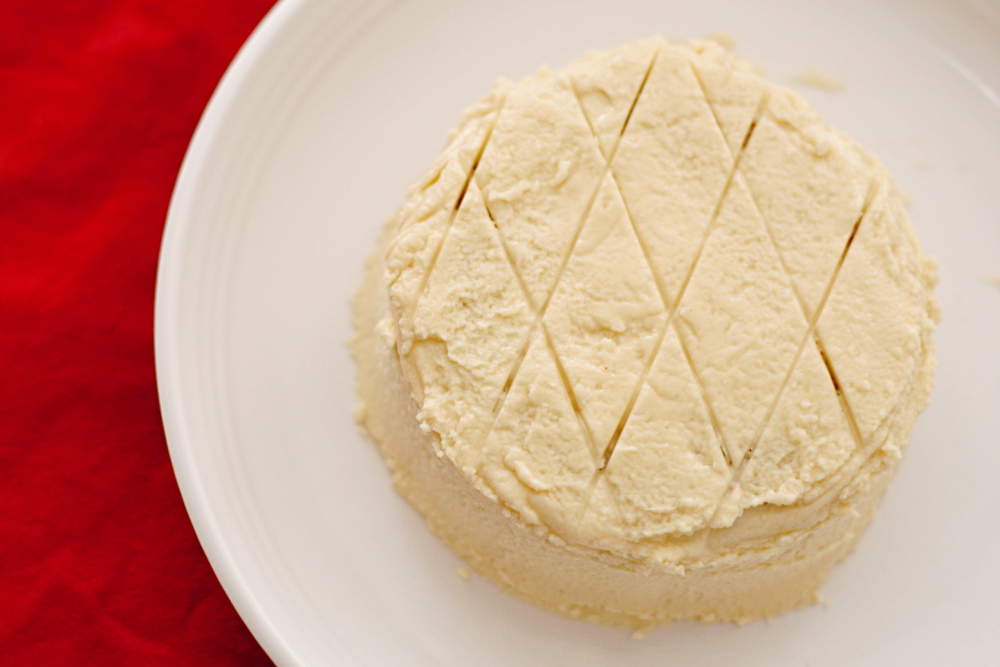You know how at the end of every month, you think to yourself some variation of “December already?! What happened to November?!” I have a trick for making the days of the month crawl by: make a commitment to write a blog entry every day for a month. Instead, you’ll be thinking “only a third of the way done? There’s still 20 more blog entries to write!” and “yes, only four more days!”
In all honesty though, this was a valuable experience. My primary goal of cleaning out my “To Blog” folder was achieved. But, not because everything got put into the blog. On the contrary, a lot of recipes were moved into the “Probably Not” folder. If I couldn’t find anything to say about a recipe after considering it every day for a month, it’s time to admit that it isn’t worth writing about.
I started the month with a recipe that’s languished on my hard drive for several months before I finally blogged about it, and I’ll end it the same way. I first made Robert Linxe’s truffles in February. They were good, but what really caught my eye about the recipe was his insistence that it be made with Valrhona chocolate. I’m all about using the best ingredients that are available and affordable, but generally I think the choice of ingredients should be left up to the baker. Insisting on a certain expensive hard-to-find brand of chocolate seems unnecessarily snobby.
So I set out to determine how big a factor chocolate quality really is. My plan was to get four chocolates of widely different quality and compare truffles made with each. I was thinking of using Baker’s Chocolate, Ghirardelli, Scharffen Berger, and Valrhona, or possibly using Hershey’s or Nestlé instead of the Sharffenberger. That plan did not work out. I needed to keep the bitterness of each chocolate approximately the same to make sure we were comparing chocolate brand instead of level of sweetness. That limited my options, and I ended up with the following brands – El Rey, Ghirardelli, Nestlé, Scharffen Berger. I was too lazy to make the extra trip to Williams-Sonoma for Valrhona.
What I found was that the favorite brand was largely a matter of personal preference. I had seven people tasting the truffles, and we discussed the differences between each as we tasted. I also found that it’s much easier to detect small differences in flavor when you’re focused completely on the food. As soon as my family decided we were done tasting and ready to just eat, I stopped paying attention to the subtle flavors of the chocolates.
Scharffen Berger had a fruity taste and was the favorite of my mom and brother. Ghirardelli was a little metallic at first and was more bitter than Scharffen Berger. The Nestle was similar to Ghirardelli but with a hint of fruit and a little waxiness. It was the favorite of my dad and sister. El Rey was a bit grainy and was more bitter than the others. It was Dave’s favorite, but my brother didn’t like it much. (I didn’t record my favorite or my brother-in-law’s, and this was months ago so I don’t remember. D’oh!)
Really, I think you could use any chocolate that you like. If Valrhona is your favorite, go for it, but you’ll make some delicious truffles with good ol’ Ghirardelli, or even a fancy bar of Nestlé.
Robert Linxe’s Chocolate Truffles (from Gourmet via Smitten Kitchen)
Makes about 60 truffles (Linxe says not to double the recipe)
I have not found that this makes anywhere near 60 truffles. I tend to make the truffles small, about ¾-inch diameter, and I only get about 30 with this recipe. I noticed some of the reviewers on epicurious had a similar result.
I skipped the 3 ounces of chocolate for the pre-cocoa coating, because I didn’t want to mix the chocolates, and I was only making ¼ of each recipe, and that would have meant I needed melt ¾ ounces of chocolate, and that sounded like a hassle.
11 ounces Valrhona chocolate (56% cacao)
⅔ cup heavy cream
Valrhona cocoa powder for dusting
Finely chop 8 ounces of the chocolate and put in a bowl.
Bring heavy cream to a boil in a small heavy saucepan. Make sure your pan is small, so you’ll lose the least amount of cream to evaporation, and heavy, which will keep the cream from scorching. Linxe boils his cream three times – he believes that makes the ganache last longer. If you do this, compensate for the extra evaporation by starting with a little more cream.
Pour the cream over the chocolate, mashing any big pieces with a wooden spoon.
Then stir with a whisk in concentric circles (don’t beat or you’ll incorporate air), starting in the center and working your way to the edge, until the ganache is smooth.
Let stand at room temperature until thick enough to hold a shape, about 1 hour, then, using a pastry bag with a 3/8-inch opening or tip, pipe into mounds (about ¾ inch high and 1 inch wide) on parchment-lined baking sheets. When piping, finish off each mound with a flick of the wrist to soften and angle the point tip. Freeze until firm, about 15 minutes.
Meanwhile, melt 3 more ounces of the same Valrhona and smear some on a gloved hand. Gently rub each chilled truffle to coat lightly with chocolate. The secret to a delicate coating of chocolate is to roll each truffle in a smear of melted chocolate in your hand. Linxe always uses gloves.
Toss the truffles in unsweetened Valrhona cocoa powder so they look like their namesakes, freshly dug from the earth. A fork is the best tool for tossing truffles in cacao. Shake truffles in a sieve to eliminate excess cacao.
Store truffles in the refrigerator.
































































